Author: Jake Huolihan
In the brewing industry, time is money, hence the use of methods to reduce how long it takes to carbonate beer. On the commercial scale, this usually occurs by hitting the chilled beer with CO2 at high pressure through a carbonation stone that sits beneath the beer’s surface, which can lead to full carbonation in as little as a few hours. While homebrewers may not share the same pressures as their for-profit brethren, affording them the ability to carbonate over longer periods of time, those of a more impatient bent may opt for an alternative to the set-and-forget method.
One approach that’s gotten quite a bit of attention lately is the burst carbonation method, appealing to many in that it not only reduces the time to carbonate beer, but it requires very little work on the brewer’s part. Similar to the aforementioned commercial method, burst carbonation involves leaving a filled keg of beer under CO2 at a fairly high pressure, which rapidly forces the gas into solution. Compared to the set-and-forget method where the beer can take a week or longer to carbonate around 12 psi, burst carbonation occurs in as little as 12 hours with the pressure being as high as 50 psi.
I’ve been using the burst carbonation method with positive results since I learned about it a few years ago, but some contend it can lead to perceptible issues. Whereas many appreciate burst carbonation because it allows one to start drinking beer soon after it’s kegged, it’s been claimed this leads to an undesirable carbonic bite that dissipates over time. In our first xBmt on this topic, in fact, the burst carbonation occurred at the time of kegging and the beer was allowed to sit in the keezer until the set-and-forget batch was ready, which many felt explained tasters’ inability to tell those beer apart. As good as it was to know that burst carbonation didn’t seem to fundamentally impact beer quality, I was curious if tasters would be able to discern a beer carbonated using the set-and-forget method from one burst carbonated just prior to evaluation and designed an xBmt to test it out.
| PURPOSE |
To evaluate the differences between a beer carbonated using the set-and-forget method and one carbonated using the burst carbonation method a day prior to serving.
| METHODS |
For this xBmt, I went with a clean Blonde Ale in hopes of accentuating the potentially subtle effects of the different carbonation methods.
Black Hat Cadillac
Recipe Details
| Batch Size | Boil Time | IBU | SRM | Est. OG | Est. FG | ABV |
|---|---|---|---|---|---|---|
| 5.5 gal | 60 min | 45.6 IBUs | 6.4 SRM | 1.045 | 1.011 | 4.5 % |
| Actuals | 1.045 | 1.009 | 4.7 % | |||
Fermentables
| Name | Amount | % |
|---|---|---|
| Genie Pale Malt | 10 lbs | 95.24 |
| Caramel/Crystal Malt - 40L | 8 oz | 4.76 |
Hops
| Name | Amount | Time | Use | Form | Alpha % |
|---|---|---|---|---|---|
| Hallertau Magnum | 15 g | 60 min | Boil | Pellet | 14 |
| East Kent Goldings (EKG) | 30 g | 30 min | Boil | Pellet | 5 |
| East Kent Goldings (EKG) | 30 g | 5 min | Boil | Pellet | 5 |
Yeast
| Name | Lab | Attenuation | Temperature |
|---|---|---|---|
| House (A01) | Imperial Yeast | 74% | 62°F - 70°F |
Notes
| Water Profile: Ca 91 | Mg 0 | Na 8 | SO4 149 | Cl 55 |
Download
| Download this recipe's BeerXML file |
A day prior to brewing, I prepared a starter of Imperial Yeast A01 House.
After collecting the water, adjusting it to my desired profile, and setting my controller to heat it up, I weighed out and milled the grains.
With the water appropriately heated, I stirred in the grist then checked to ensure it was at my target mash temperature.
The mash was left to rest for 60 minutes with intermittent stirring.
With the mash rest complete, I transferred the sweet wort from the MLT to the kettle.
While lautering, I weighed out the kettle hop additions.
The wort was then boiled for 60 minutes with hops added as stated in the recipe.
Once the boil was complete, I quickly chilled the wort.
A refractometer reading showed the wort was right at my planned OG.
Identical volumes of wort were racked to separate sanitized Brew Buckets that were connected to my glycol rig and left to finish chilling to my desired fermentation temperature of 62°F/17°C before I split the yeast starter between them.
After 2 weeks of fermentation, no signs of activity were present so I took hydrometer measurements indicating both beers hit the same 1.009 FG.
At this point, I proceeded with racking each beer to a sanitized and purged keg.
Once the filled kegs were placed next to each other in my keezer, I connected a CO2 line set to 12 psi to the set-and-forget batch while the other sat under just 1 psi of gas. After 7 weeks, with a data collection session planned the following day, I upped the burst carbonation batch to 50 psi and let it sit for 12 hours before purging and reducing to serving pressure. The beers were served to participants just 4 hours later.
| RESULTS |
A total of 21 people of varying levels of experience participated in this xBmt. Each participant was served 1 sample of the beer carbonated using the set-and-forget method and 2 samples of the burst carbonation beer in different colored opaque cups then asked to identify the unique sample. While 12 tasters (p<0.05) would have had to accurately identify the unique sample in order to reach statistical significance, only 7 (p=0.58) did, indicating participants in this xBmt were unable to reliably distinguish a beer carbonated using the set-and-forget method from one that burst carbonated the 16 hours prior to being served.
My Impressions: Despite being completely aware of the variable, I chose the odd-beer-out in just one of my five semi-blind triangle test attempts, and even that was just a guess. The beers were identical to my palate in every way, including carbonation level.
| DISCUSSION |
Carbonation is an essential component to beer, and so concern about the way various methods impact perceptible qualities is certainly valid. It’s well known that carbonation introduces some carbonic acid to beer, though it’s usually imperceptible or, at the very least, unoffensive when using standard carbonation methods. However, it’s claimed that quicker carbonation methods involving higher CO2 pressure over less time can result in a beer with a carbonic bite, which is purportedly a function of increased carbonic acid. Interestingly, tasters in this xBmt were unable to reliably tell apart a beer carbonated slowly using the set-and-forget method from one that was burst carbonated just 16 hours before being served.
Given the limitations of our testing, we’re unable to say whether the burst carbonation beer actually had more carbonic acid than the set-and-forget beer, but the fact neither tasters nor myself could tell them apart suggests if there was a difference, they weren’t noticeable. And considering how common quick carbonation methods are used in the commercial brewing world, it seems it may not be as big of an issue as some believe. It seems plausible to me that the sharpness some experience is actually due to rushing the fermentation process rather than carbonation– a young beer can definitely have an unpleasant bite.
Based on my personal experiences as well as the results of this and the prior burst carbonation xBmt, I’m personally left with one conclusion: carbonation is carbonation. This being the case, I see no reason to cease my use of the burst carbonation method, it’s worked great for me for years and the evidence suggests it no detrimental impact on beer.
If you have any thoughts about this xBmt, please do not hesitate to share in the comments section below!
Support Brülosophy In Style!
All designs are available in various colors and sizes on Amazon!
Follow Brülosophy on:
FACEBOOK | TWITTER | INSTAGRAM
If you enjoy this stuff and feel compelled to support Brulosophy.com, please check out the Support page for details on how you can very easily do so. Thanks!


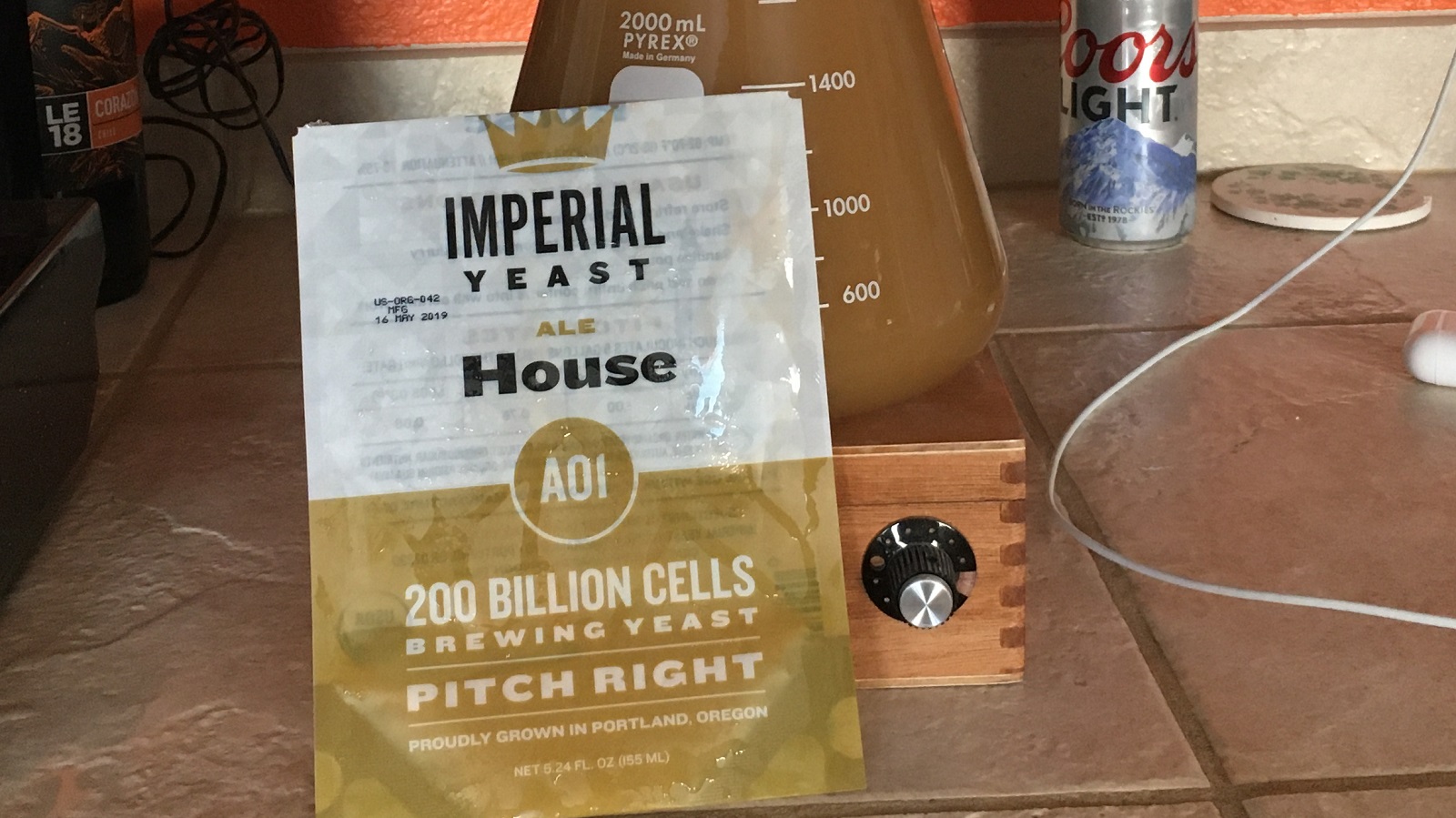
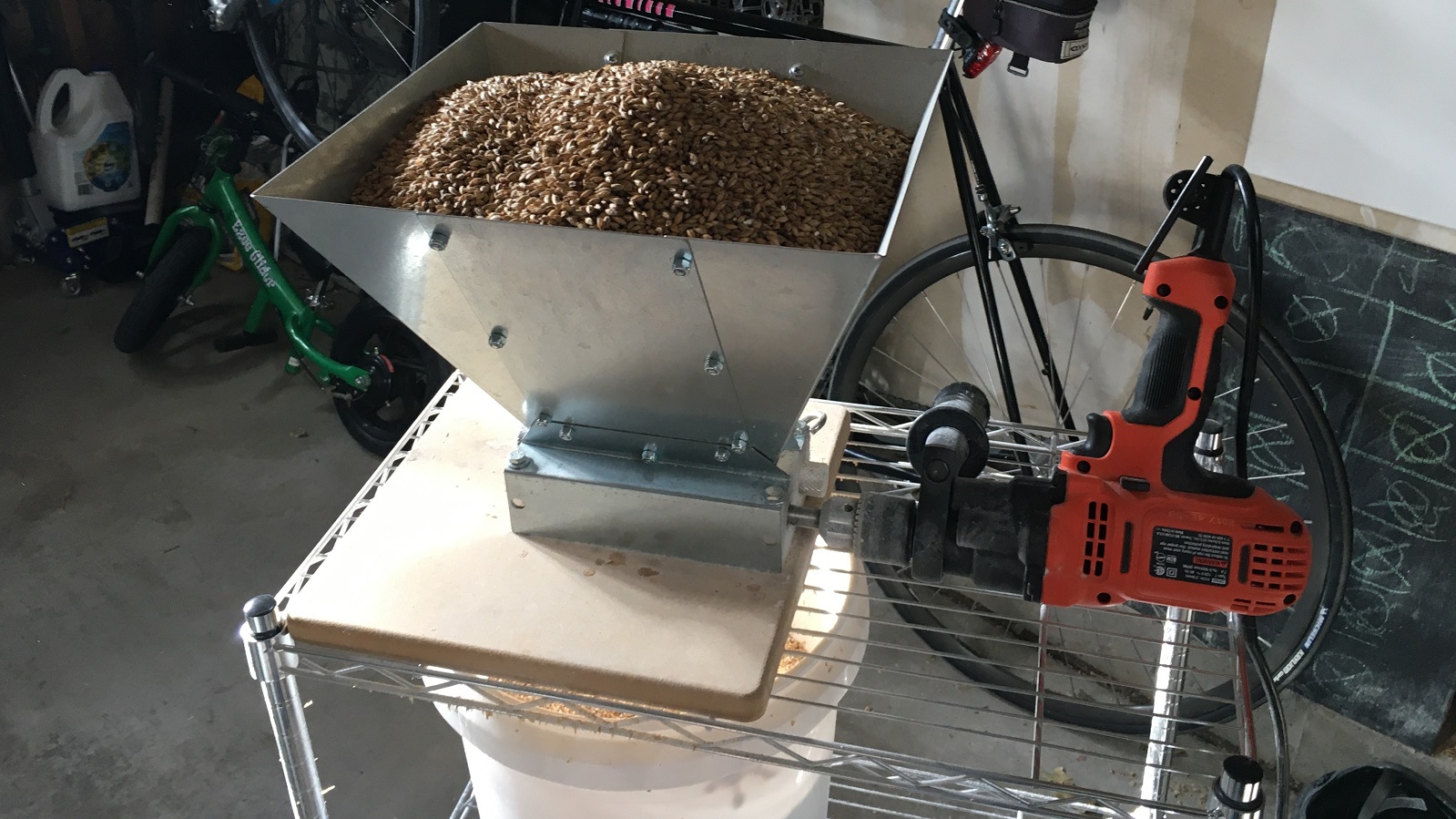
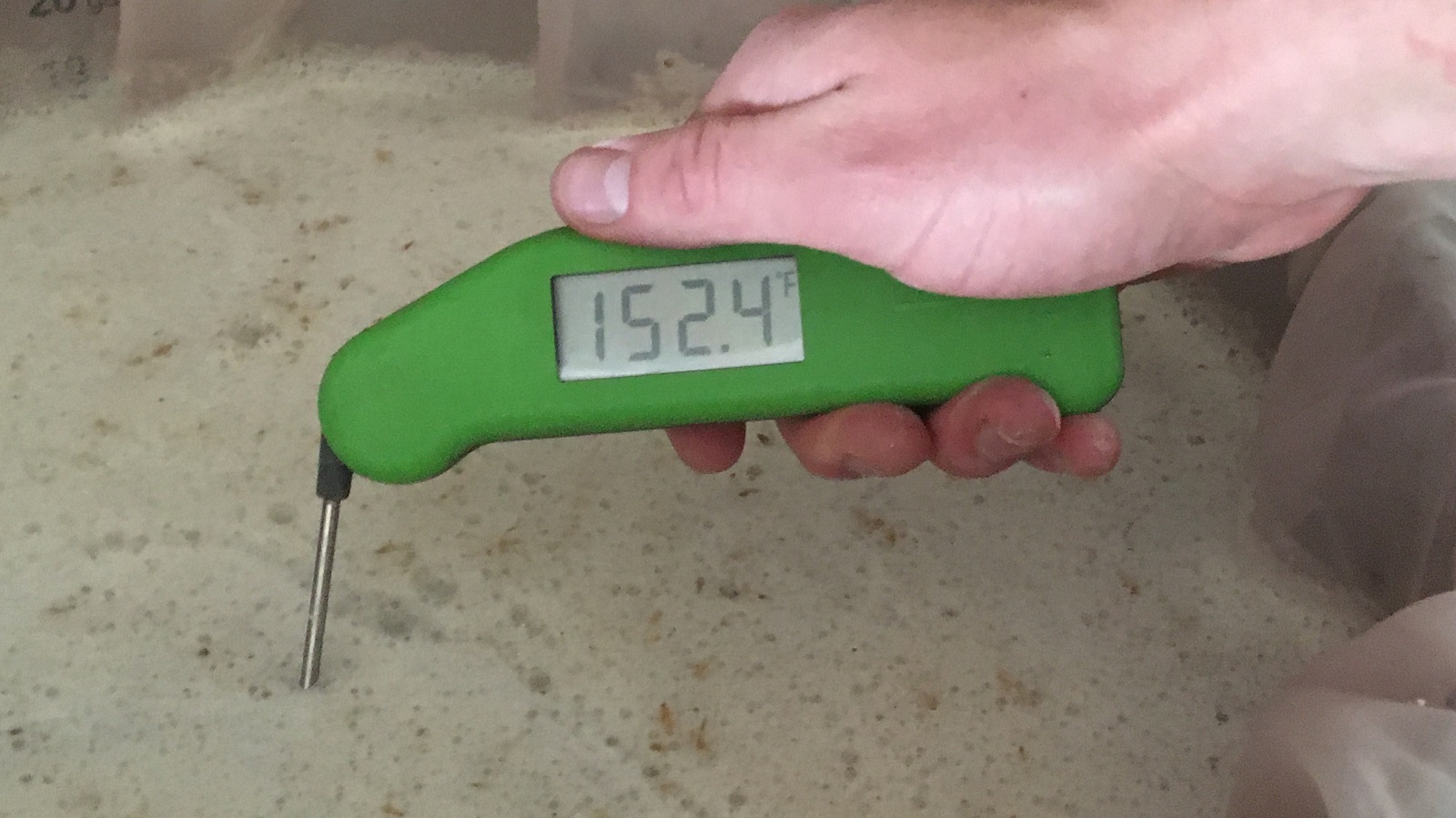
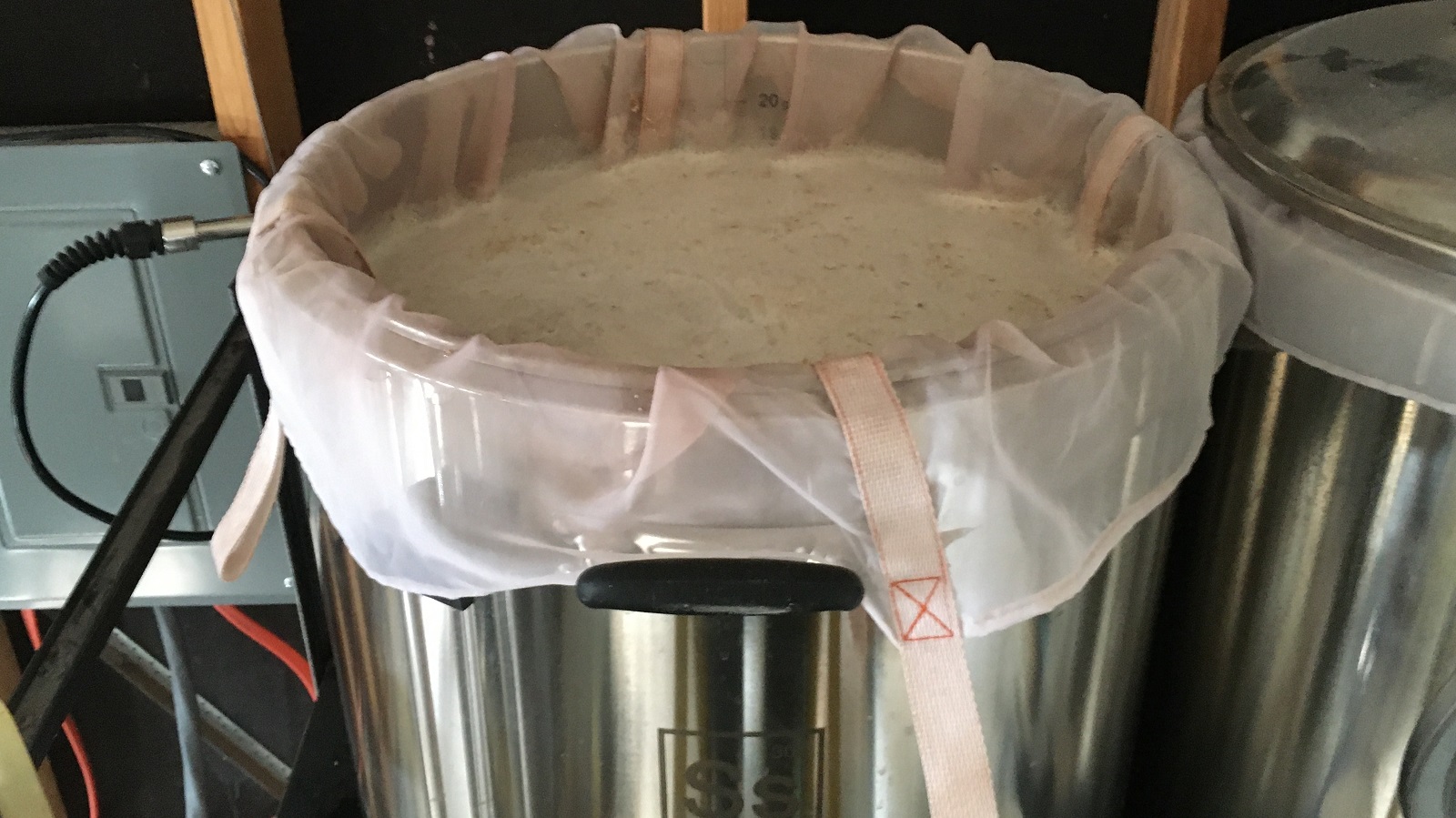
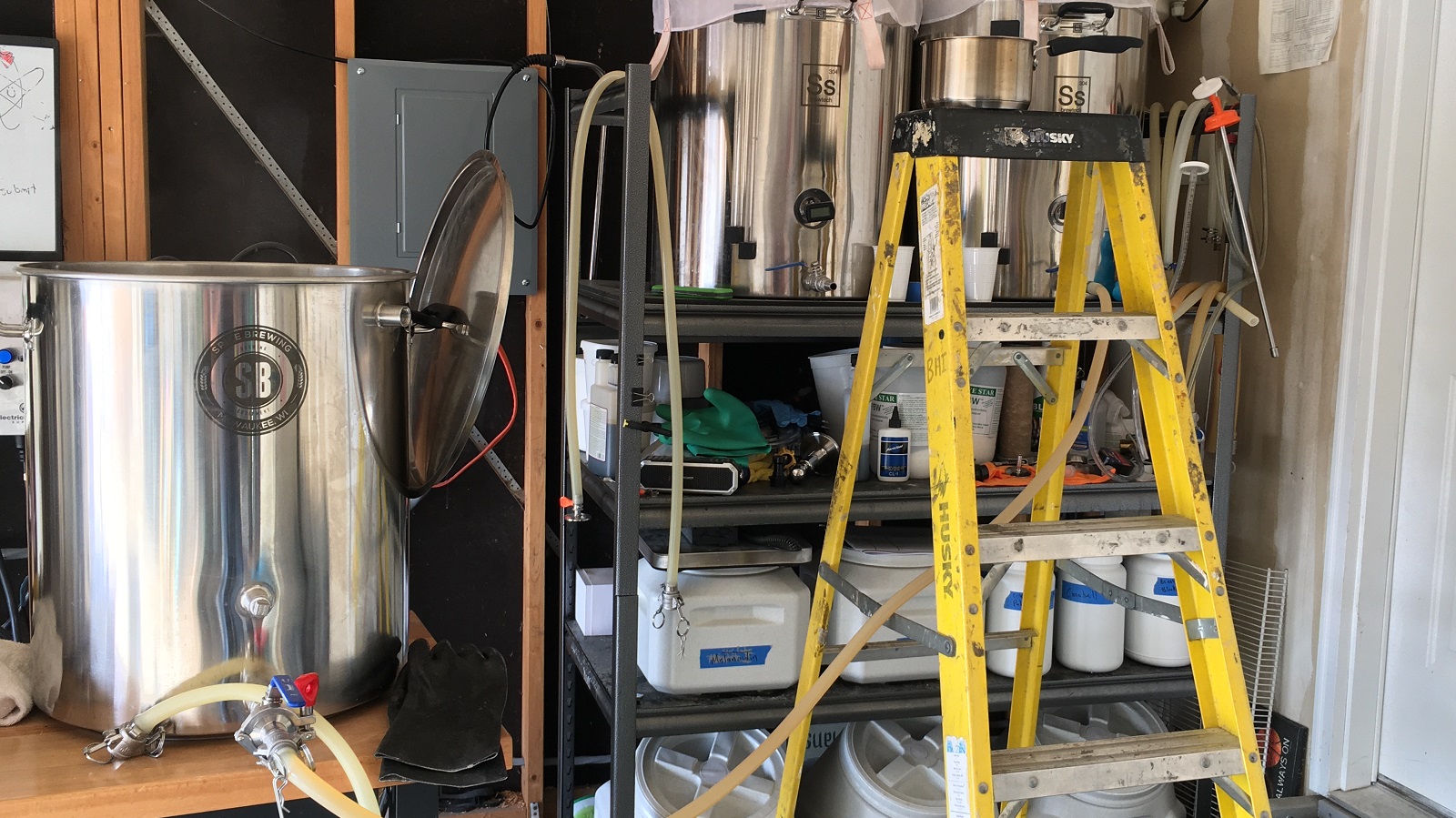


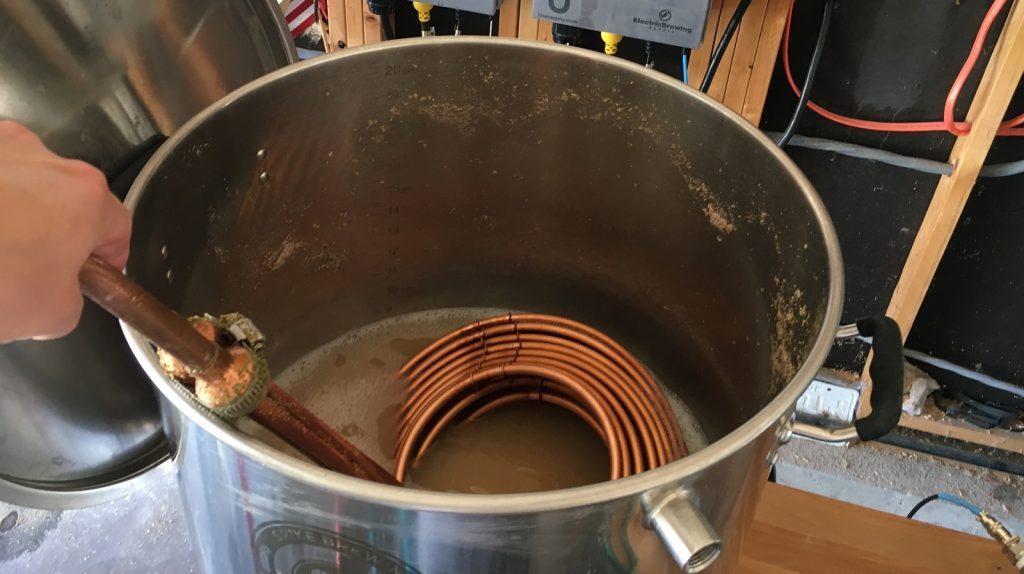



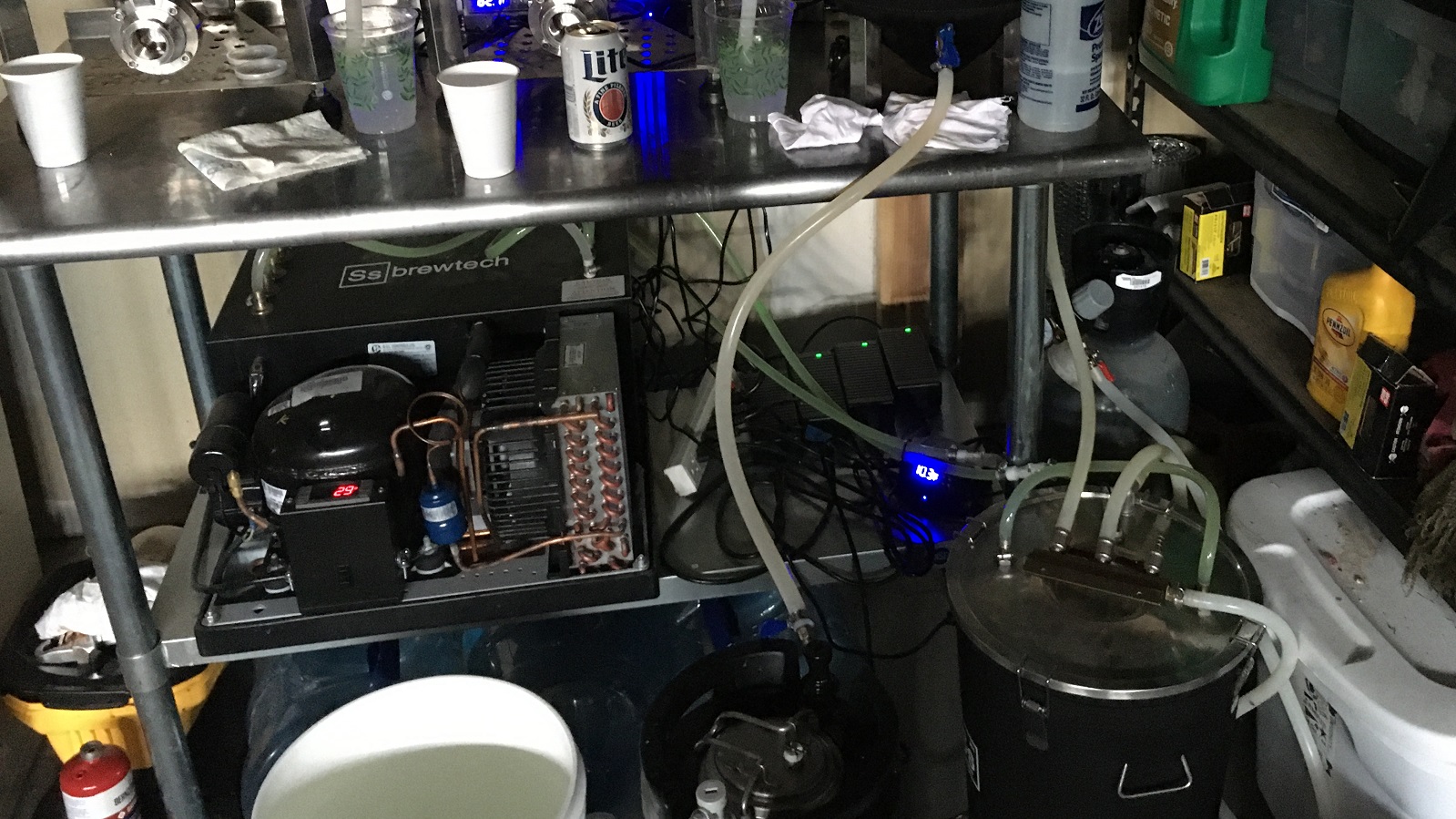
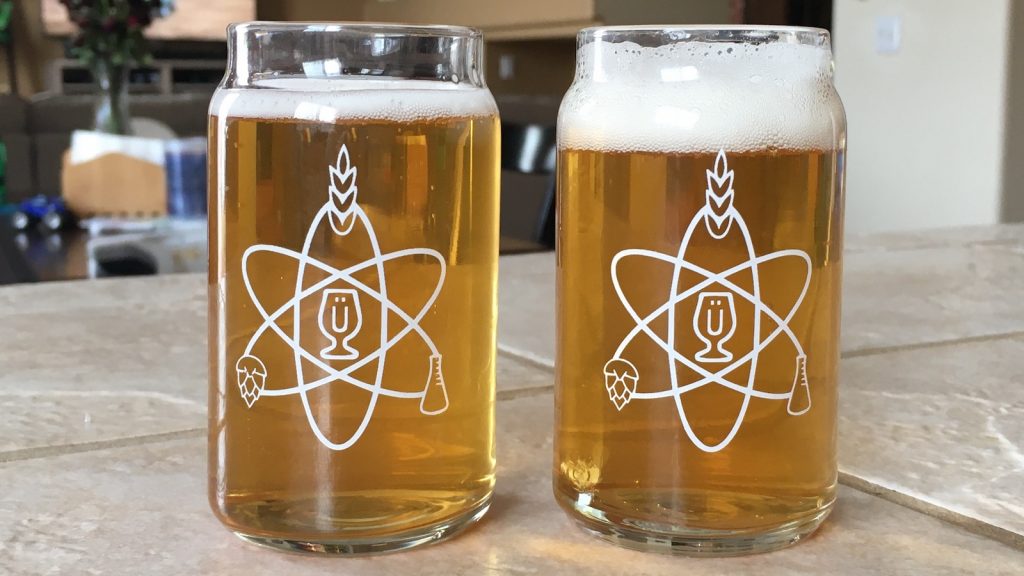











23 thoughts on “exBEERiment | Force Carbonation: Set-And-Forget vs. Immediate Burst Carbonation In A Blonde Ale”
Excellent! I’ve heard that overcarbing can result in a metallic taste –supposedly from leaching from the stainless-walled keg. Is there is a way to introduce so much carbonic acid that you get leaching, I wonder?
Technically, there is always a small amount of leeching of steel in the presence of carbonic acid. This is a function of strength and time so yes, strong enough acidity will leech out steel though whether it will pass the flavor threshold is probably taster dependent.
Did anyone think to measure the pH of the beers just after the carbonation process was completed? If there was a difference in the dissolved carbonic acid level, one would think there would be a measurable difference in pH.
When we talk about burst carb, is there any suggestion about different level of volume and how to be sure what is good enough?
For example if I carb session IPA at volume 2.2, and I need for example 2.5 for stout, any tricks how to get there or just test and try?
16 hours was too long. You need to test it immediately after the high pressure carbonation.
Was served after 4 hours at high pressure carb. Might still be too long who knows.
Thanks Jake. This is interesting.
I’ve done the 30psi shake & bake method a few times, but normally do the set and forget because I just have one CO2 bottle with six kegs and it kind of messes up the pressure to the other kegs for a week or two (even with shutting off pressure to other kegs before upping pressure).
Your post has me pondering purchasing a second CO2 tank and regulator… With 12-hr at 50psi as a good “recipe”.
Could you use a line splitter to split your gas line between a line for carbonation and a line into a manifold for your other kegs?
I recently saw an inline regulator online that should allow you to set your primary regulator at the higher psi for carbonation, and then put the inline regulator between the regulator and your manifold to drop the psi back to serving pressure for the other kegs.
I hope this makes sense – I’m still bottling my beer, so I’ve probably missed something!
You definitely could, in-line splitters are a god send
I completely agree with you Jake, carbonation is carbonation. I find it interesting that brewers still talk about this topic and natural carbonation vs forced. If you use a Zahm & Nagel to measure the carbonation of a set and forget it vs a burst carb and they both result in 2.4 volumes, they have the same carbonation.
I think you make a great point Jake about beers maybe rushed and not properly matured. I think this is even more evident when we talk about natural vs burst carbonation. Any difference tasted between two beers carbonated to 2.4 volumes is re-fermentation byproducts/clean up vs no re-fermentation. The argument about bubble size is so ridiculous to me. Nice job Jake!
Cheers
Thanks!
This was a well-designed experiment and I appreciate it. Good job.
Thanks!
What temperature was the carbonation done at? 62F?
34F
34F/1ish C
Your recipe is interesting. A lot of it looks like it would be a hazy (yeast, water, oats, hopping) but it looks clear. Why do you use that much oats? Interested in what it imparts other than mouthfeel.
There were no oats.
I see no oats in the recipe
I would like to see a larger sample size of both experienced and unexperienced beer swiilers. Also an exert opinion of judges would definately be needed to sufficiently say yay or nay to this hypothesis. There was no mention of the the type of experience levels nor whether the results that had correctly guessed the 50psi were experienced in beer flavours/off flavours.
P.S. I’m from Australia hence the “miss spelling” of flavor
I don’t think that a community bestowed expertise means much, but that might just be me. https://brulosophy.com/2016/01/21/investigating-the-bad-palates-argument-a-graphical-look-at-xbmt-performance-based-on-experience-level/
I’d love to see this compared to using the blichmann quickcarb system. I’ve been using it for most of my brews for the last 1.5 years and it seems to do a decent job.